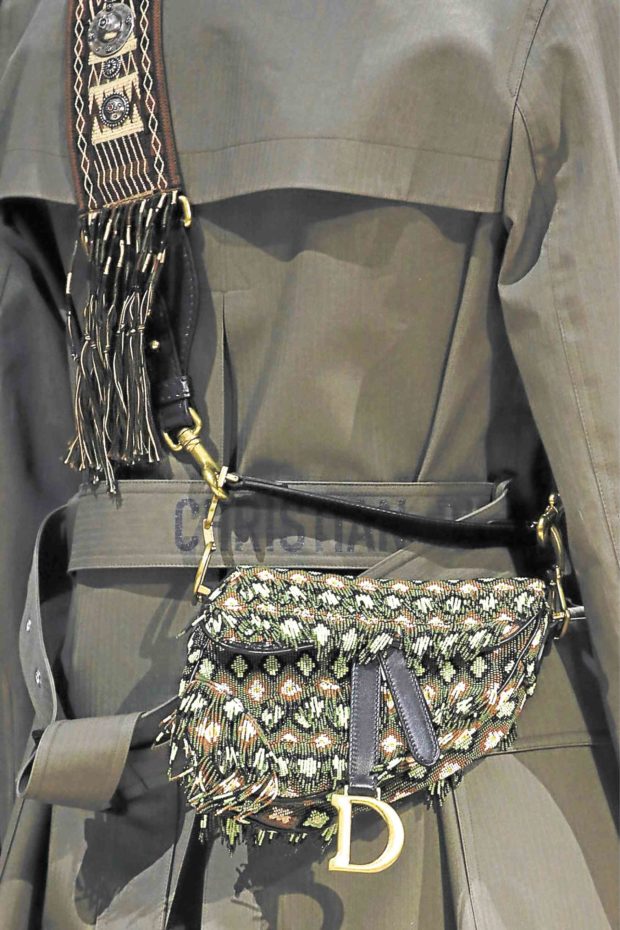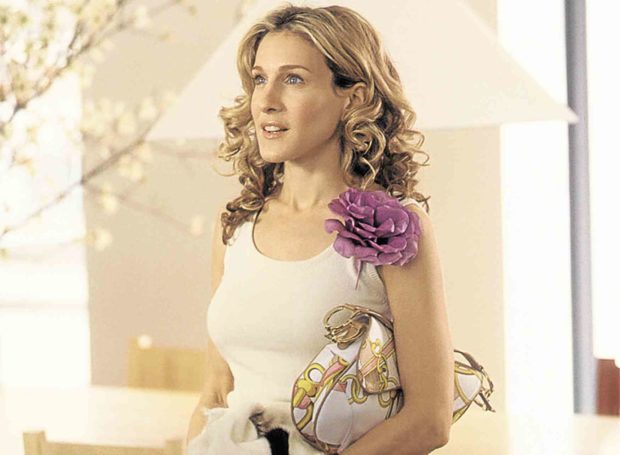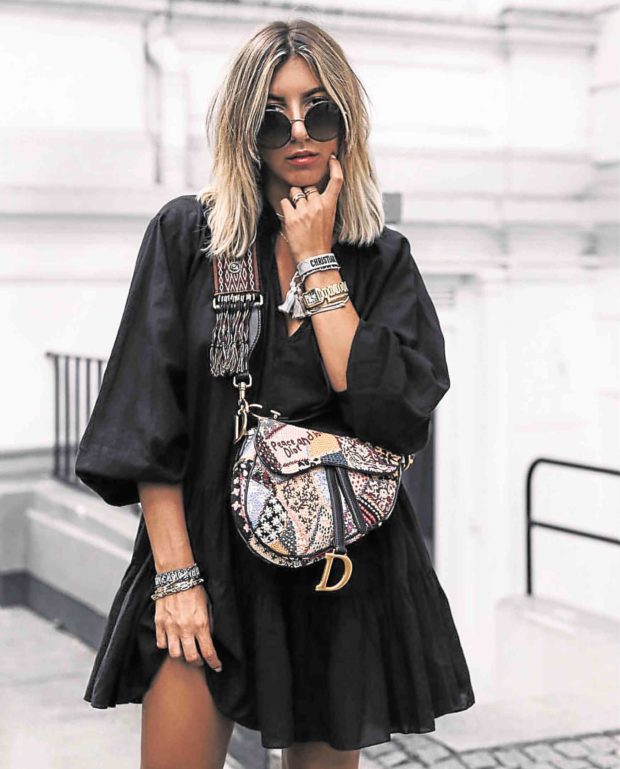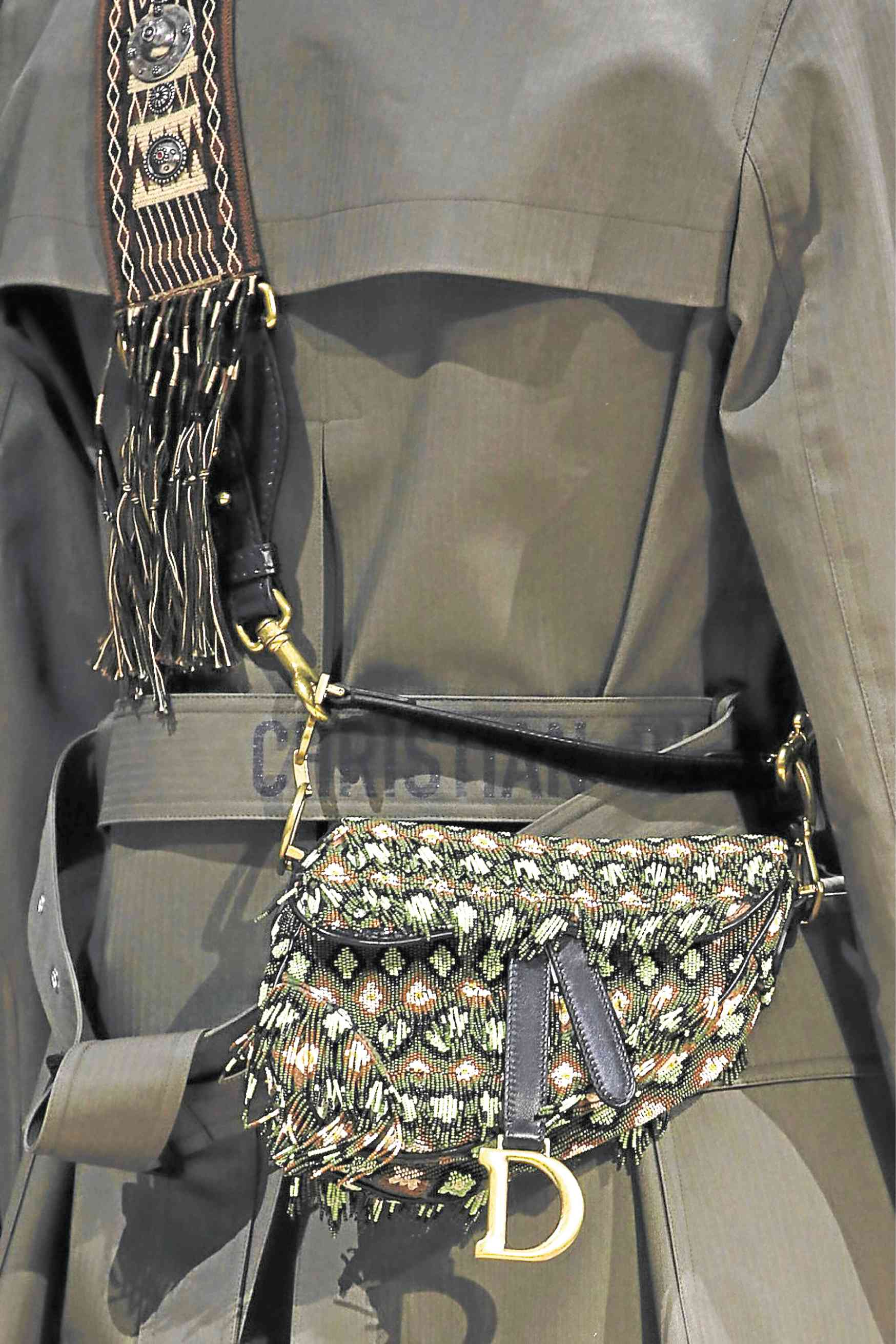
Archival” is the catchword these days in fashion, with retro logos and reissues of previous designs driving fashion trends.
These include Gucci’s GG handbags and Fendi’s FF logos pulled from the ’70s, Versace’s Tribute collection with its ubiquitous gold Medusa head logo and, most recently, Dior’s Saddle bag from the ’90s.
High-fashion labels have long lifted designs from their extensive in-house archives for as long as their archives have existed. So it’s not surprising that many designers are feeding the obsession with new items by reviving the designs of old, rather than risking big marketing budgets to promote a new, experimental design.
By tapping into customers’ nostalgia, this strategy highlights a brand’s heritage and can strengthen a connection with consumers by banking on their long-standing presence.
However, rather than building up an item’s “cult” status over the years, in the age of influencer marketing, it can achieve the opposite effect.
The Dior Saddle bag, designed by then-creative director John Galliano in the late ’90s, was immortalized by Sarah Jessica Parker’s Carrie Bradshaw in the hit HBO series “Sex and The City.”

Influencers
Fast-forward to 2018, and reissued versions by Maria Grazia Chiuri hit stores recently
—a launch that became glaring if you scrolled through your social media feeds. Scores of global influencers posted photos featuring the bag in steady succession within 24 hours, some with the same hashtags: #DiorSaddle and #SuppliedbyDior.
There’s no doubt that influencers are key in building brand awareness among millennial and younger consumers. But when content seems deliberate and aggressive, brands run the risk of a backlash—overexposing the pieces they’re promoting and decreasing the brand’s core market in desiring such items.
In a report in Jing Daily, Dior suffered a PR setback in China when Hong Kong-based influencer Elle Lee was mocked by her followers for a video promoting the bag, as her content made the piece look “cheap” and tacky.
Instagram and social media have seen the emergence of so-called micro-trends—millennial speak for what the old school referred to as fads, items that quickly gain popularity and fade just as quickly.
After a few weeks or so, these items are thrown to the back of your closet, while another item designers come up with and declare as the new must-have gets its 15 minutes of fame.
These so-called “It” items embody what fashion is today—fast, Instragram-worthy, but most likely, gone in 60 seconds. At least for now.
E-mail [email protected].
















































